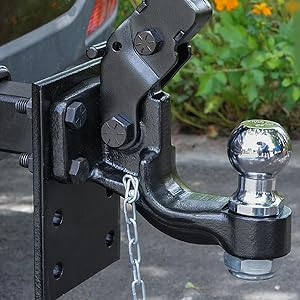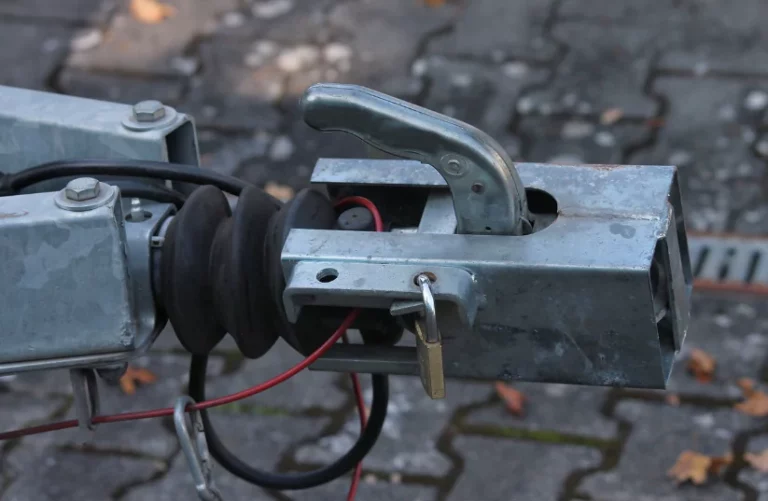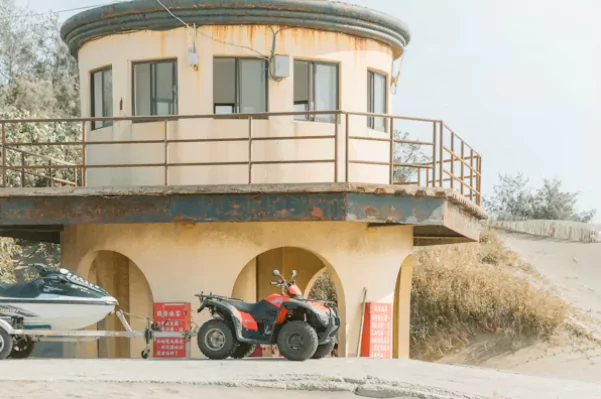Installing a trailer plug is an essential step for ensuring a safe and efficient connection between your vehicle and the trailer. Here are some key points to consider when installing a trailer plug.
Firstly, it is crucial to choose the correct type of trailer plug for your vehicle. There are different types available, such as 4-pin, 5-pin, 6-pin, and 7-pin plugs. Ensure that you select the plug that matches the wiring system of your vehicle and trailer.
Before starting the installation process, it is important to disconnect the negative terminal of your vehicle’s battery. This precautionary step ensures safety and prevents any electrical mishaps during the installation.
Next, carefully inspect the wiring system of both your vehicle and the trailer. Ensure that the wires are not damaged or frayed. If any damage is detected, repair or replace the wires before proceeding with the installation.
When connecting the wires, it is essential to follow the color-coded system. Each wire has a specific function, such as brake lights, turn signals, and ground. By following the color-coded system, you can ensure that the trailer plug functions correctly.
Properly secure the wires using electrical tape or wire connectors. This step prevents the wires from coming loose or getting damaged while in use.
During the installation, it is crucial to ensure that all connections are tight and secure. Loose connections can result in faulty electrical connections, which can be dangerous while towing a trailer.
Once the installation is complete, conduct a thorough inspection of the trailer plug. Test all the functions, including brake lights, turn signals, and reverse lights, to ensure that they are working correctly. If any issues are detected, troubleshoot and rectify them promptly.
In conclusion, installing a trailer plug requires careful attention to detail and adherence to safety measures. By choosing the correct plug, inspecting and repairing any damaged wires, following the color-coded system, securing the connections, and conducting a thorough inspection, you can ensure a safe and efficient connection between your vehicle and trailer.






